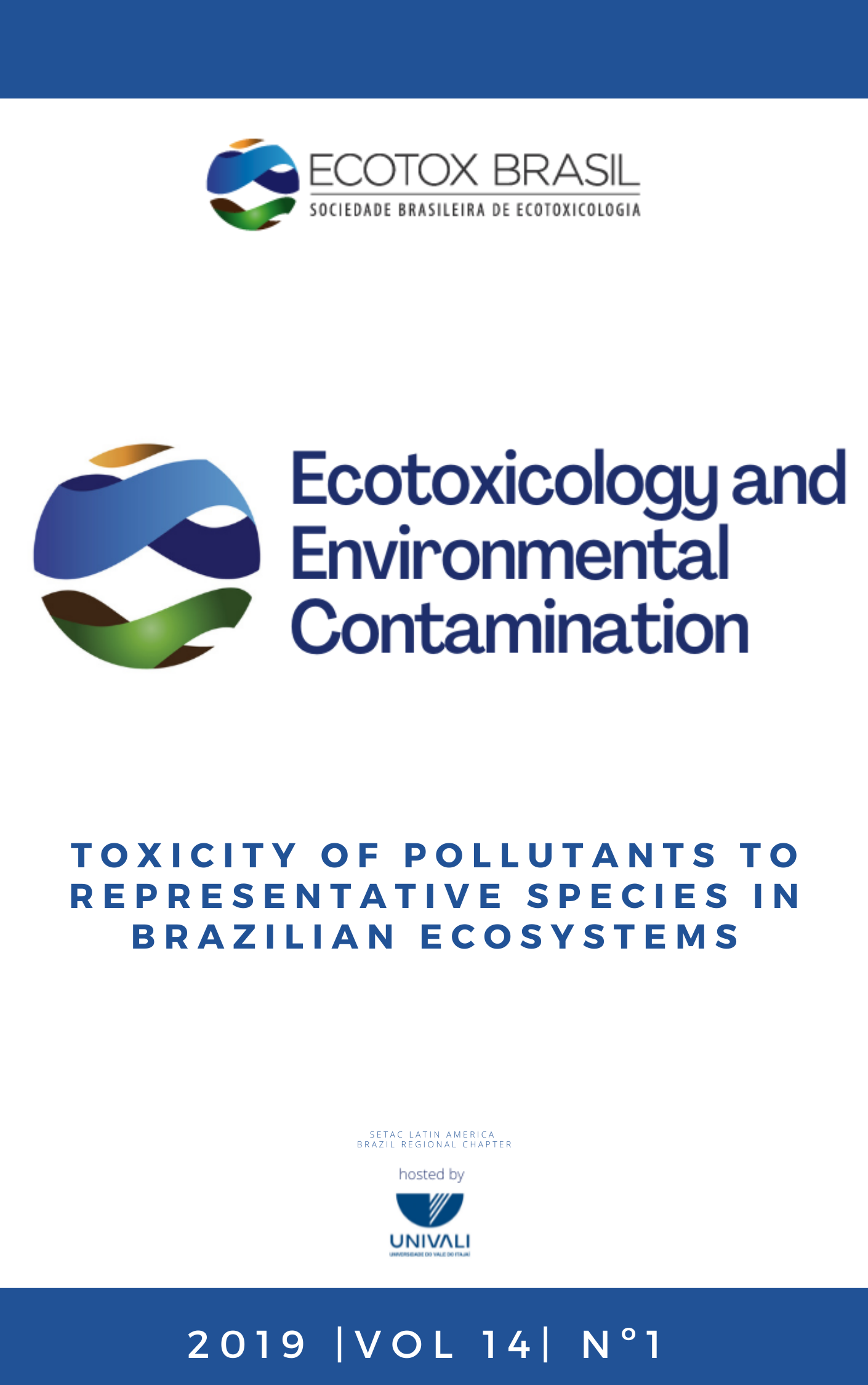Toxicity of drilling fluids in aquatic organisms: a review
DOI:
https://doi.org/10.5132/eec.2019.01.04Abstract
Offshore oil-well drilling has been a subject of great interest to environmental regulatory agencies worldwide. The drilling fluids used in this process involve a complex mixture of chemicals and are largely discharged into the ocean. Acute and chronic toxicity tests have been done to better understand the effects of different types of drilling fluids on aquatic organisms. The aim of this article was to analyze all the studies related to the toxicity of drilling fluids published during the period of 2000 to 2017 by conducting a thorough review through the Scopus and Science Direct databases. Out of 154 articles, only 25 showed relevant information about the toxicity of drilling fluids. Acute toxicity tests were the predominant tests employed, appearing in 56% of the articles. Invertebrates were the most evaluated taxa, used in 64% of cases and represented mainly by Crustacea (32%), Mollusca (16%), and other invertebrates. Vertebrates were represented only by fish, constituting 32% of the cases. Water-based drilling fluids (WBFs) (32%) were the most frequently tested, followed by synthetic-based fluids or muds (SBFs) (24%) and oil-based fluids (OBFs) (16%). Individual components were tested in 12% of the cases, while 16% of studies included more than one type of drilling fluid. After analyzing the toxicity of drilling fluids and the sensitivity of aquatic organisms presented in 25 articles published in scientific journals, we concluded that WBFs—showing, in general, lower values of median lethal concentrations than do natural oil- and SBFs—are the most toxic drilling fluids to invertebrates in the short term. The gaps of information found in this review indicate that future studies need to address the acute and chronic effects of WBFs in both juvenile and adult fish and in other vertebrates; they also need to address the chronic effects of non-aqueous-based fluids on adult invertebrates. As crustaceans are more sensitive to drilling fluids than are mollusks, it is also recommended that they be used in future studies.
Downloads
Published
How to Cite
Issue
Section
License
Copyright © 2006 ECOTOX-Brasil
Copyright notice: It is a condition for publication that manuscripts submitted to this journal have not yet been published and will not be simultaneously submitted or published elsewhere. By submitting a manuscript, the authors agree that copyright for their article is transferred to the Sociedade Brasileira de Ecotoxicologia (ECOTOX-Brasil) if and when the article is accepted for publication. The copyright covers the exclusive rights to reproduce and distribute articles, including reprints, photographic reproductions or any other reproduction of a similar nature, including translations. No part of this publication may be reproduced, stored in a retrieval system or transmitted in any form or by any means, electronic, mechanical, photocopying, recording or otherwise, without permission of the publisher.
Notice: While every effort is made by the EEC, editors and editorial board to see that no inaccurate or misleading data, opinions or statements appear in this journal, they wish to make it clear that the contents of the articles and advertisements published herein are the sole responsibility of the contributors or advertisers concerned. Accordingly, the EEC, the editorial board and editors and their respective employees, officers and agents accept no responsibility or liability whatsoever for the consequences of any inaccurate or misleading data, opinion or statement.




